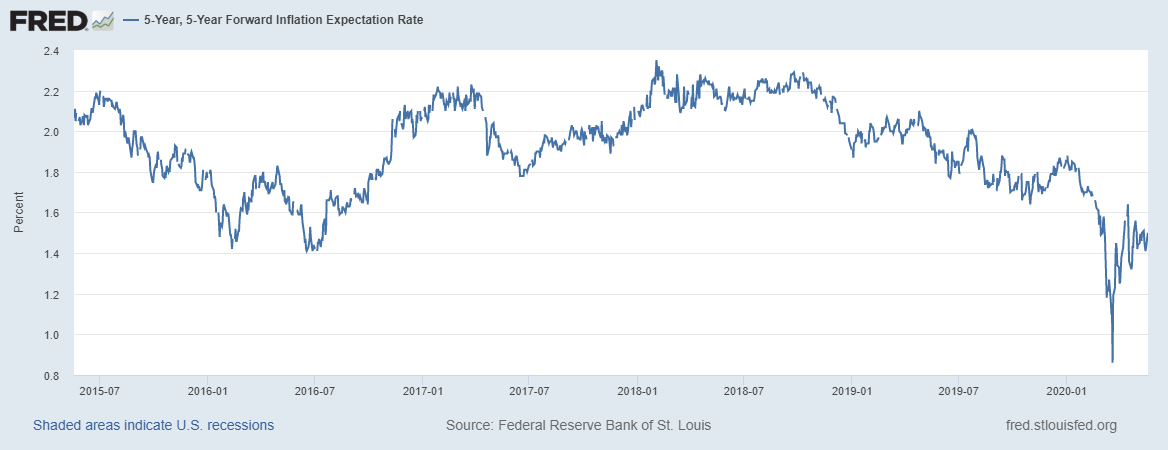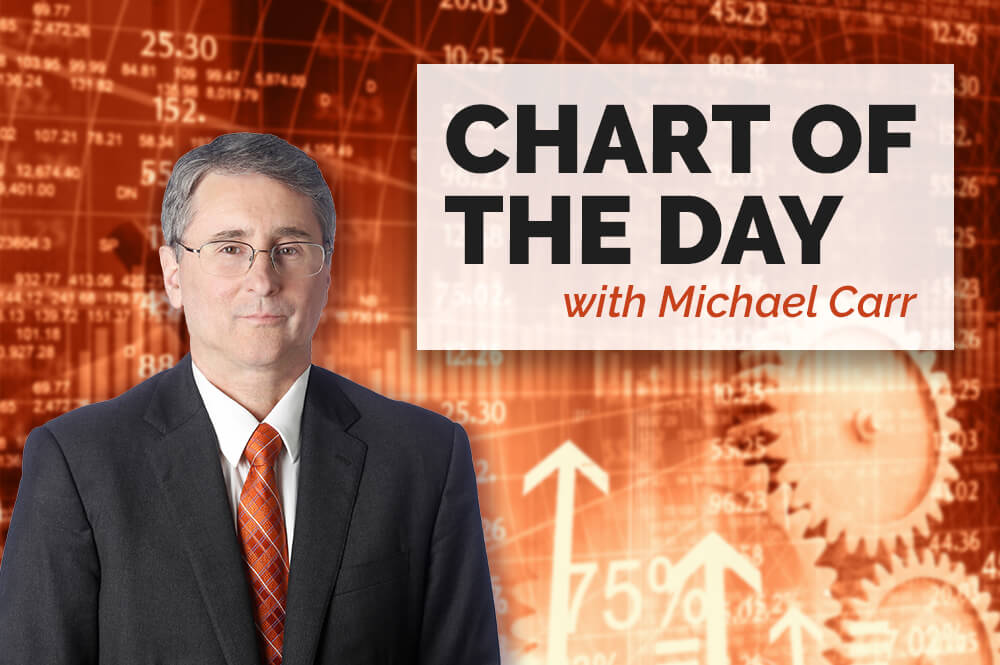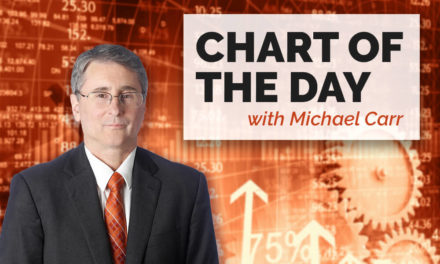Economists rely on theory. That sounds like a nice job right now. Imagine being paid to think about how to get back to work instead of making hard decisions about potential risks and rewards.
One of the things economists are thinking about is inflation. Some believe the Federal Reserve will create inflation as they increase the money supply at an unprecedented rate. They worry trillions in stimulus from Congress will increase inflationary pressures.
Others argue demand cratered when the economy was shut down and won’t come back after society reopens. They think consumers will save rather than spend. Businesses will fail rather than expand.
Meanwhile, in the stock market, traders don’t get to debate theories. They buy and sell with real money, taking risks in pursuit of real rewards. Because they need to limit risks, market prices can provide accurate economic forecasts.
Inflation: Theory vs. Real-World Application
Inflation plays an important role in many markets. Bond prices should rise if inflation falls. Commodities should increase if inflation rises.
Whether they want to or not, traders make an implicated inflation forecast as they buy and sell.
That means inflation expectations can be backed out of market prices. One measure of this is the 5-Year, 5-year Forward Inflation Expectation Rate, known as the 5y5y.
The 5y5y is found by assuming you buy a bond that matures in five years, five years from today. Calculating it is a little complex, but the Fed shows the value in their database. Values for the past five years are shown below.

Source: Federal Reserve
As expected, this data is relatively stable. Expectations began dropping in the second half of last year.
Now, inflation expectations stand at about 1.5%. This is below the Fed’s target of 2%. It’s also less than economists expect. Data released by the Philadelphia Fed shows economists expect inflation to average 2.1%.
Market prices tend to be more reliable than economists’ guesses. Traders in bond markets are telling us inflation will decline.
Investors should consider buying bonds based on this indicator. Consumers should consider using short-term debt while planning to refinance at lower rates later.
The 5y5y indicates these are the best strategies right now.
• Michael Carr is a Chartered Market Technician for Banyan Hill Publishing and the Editor of One Trade, Peak Velocity Trader and Precision Profits. He teaches technical analysis and quantitative technical analysis at New York Institute of Finance. Mr. Carr also is the former editor of the CMT Association newsletter Technically Speaking.
Follow him on Twitter @MichaelCarrGuru




